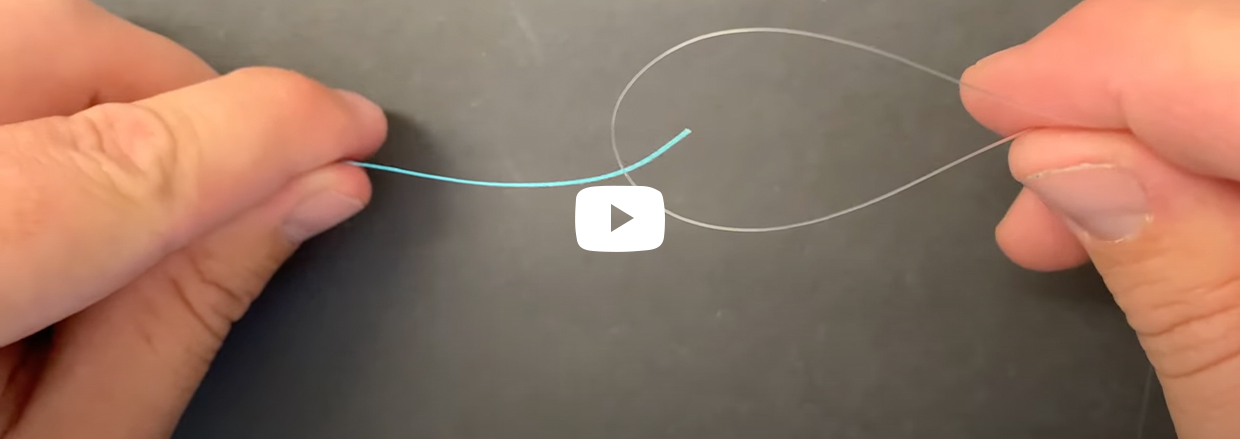New Anglers

Fishing for Beginners
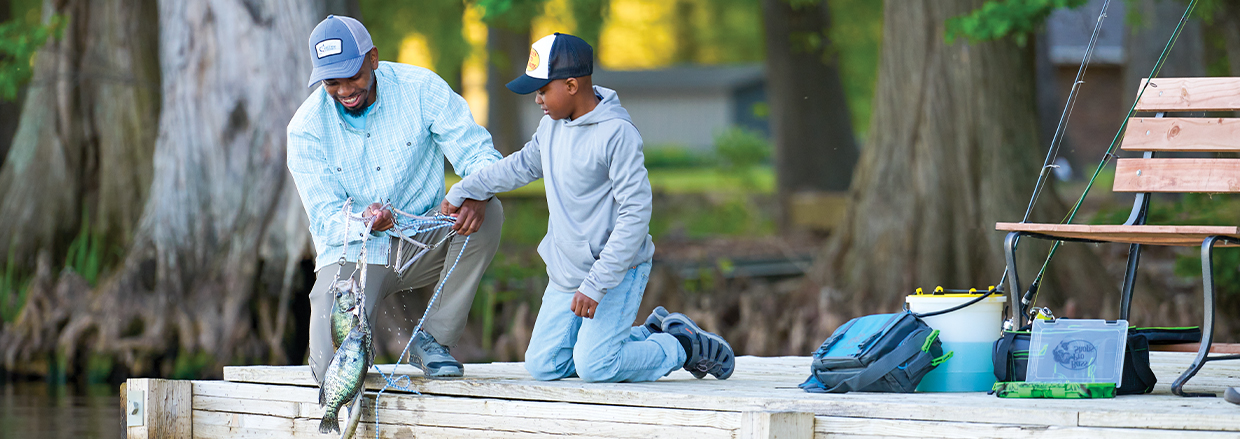
If you’re just entering the world of angling, you’ve likely gathered that there is A LOT to learn. The best part? The more you know, the more enjoyable it becomes. There’s nothing more satisfying than mastering a new technique or landing your first big catch. You’ll quickly realize why many choose to forgo their weekend sleep-in to get an early start out on the water.
While so much of the sport is learned through repetition and passed on through stories and friends, it’s sometimes hard to distinguish superstition or myth from tactical knowledge.
We’ve compiled a guide to help you navigate the waters and your new-found hobby with ease and focus on the important stuff: getting bites!
Important Things to Master

How to Spool Your Line
First, you’ll need to find out which way your bail turns and ensure your line is running the same way. Then, making sure your bail is flipped open and starting from the top, thread your line through the hole, securing it with a knot. Then, you can close your bail and load your line, keeping some tension to prevent knots from forming. To avoid overloading, leave enough space so you can still see a sliver of the spool.

How to Tie on a Lure
The improved cinch knot is the easiest and most effective type of knot to use for beginners, although anglers may opt to switch up their knots as they start using different types of tackle and varied techniques. Simply pull your line through the lure’s eye, wrapping the tail end around the main line several times, passing the tail end through the loop between the hook eye and the first turn. Then, pass the tail end through the large loop, moisten the line and pull firmly.

How to Cast
Holding the rod with your dominant hand, reel up your line until its end is hanging about six inches below the tip of your rod. Hold the line against your rod with your index finger and open your bail with the other hand. Pull the rod so its vertical, then, in one smooth motion, push the rod forward. Once you’re about half-way toward your target, let go of your index finger and let your lure go flying. Once you’re satisfied with the depth of your lure, close your bail.
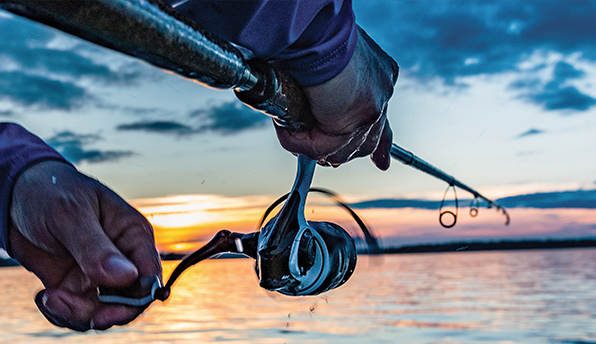
How to Set Drag
This mechanism is designed to set the perfect amount of resistance to your fish: it should be enough to tire the fish out without it breaking under stress. This can be determined by attaching a spring scale or a digital scale to the end of your line and holding your rod at a 45-degree angle. Pull down on the scale until the drag starts to slip and adjust the drag mechanism until it slips at 25 per cent of the breaking strength of your line.
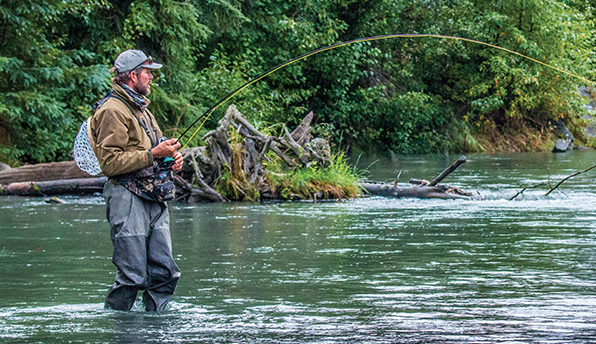
How to Set Hook
When it comes to setting hook, timing is the most important thing, so try to be swift in your movements and remember that practice makes perfect! When you feel a fish bite, make sure you reel in any slack line and you’re pointing your rod directly at the biting fish. Then, quickly snap your rod quickly upwards with your elbows close to your body, or else sideways (or, if you feel comfortable, a combination of both using a twisting motion). As you reel in your line, you should feel the fish’s weight.

How to Reel in a Fish
Once you’ve set the hook, the fish’s struggle begins. This can be anything from swimming against the line, jumping, or slashing around. Try to stay calm and steady and hold your rod at a 45-degree angle. When the fish stops taking line off your reel, lift the tip of your rod to about 90-degrees, and then reel in as you lower is back down to 45-degrees. This action is called the “pump and reel,” and can be repeated until you’ve officially won the battle.
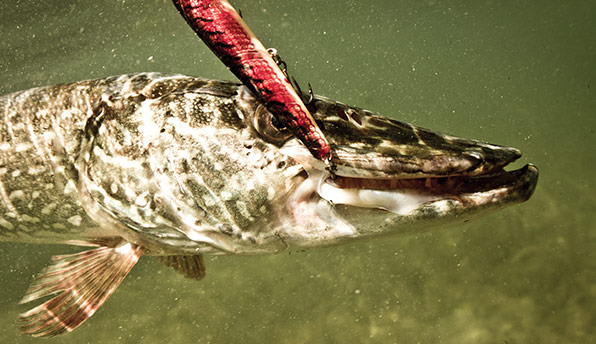
How to Remove a Hook
Once you’ve removed the fish from water, hold it securely so it’s not wriggling too much (this is much easier with a friend). The easiest way to remove a hook without doing too much damage is to try to straighten the hook using pliers, as this will make removal much easier. You can also use pliers to dull the barb on your hook, but if you are planning a catch and release it’s a much better idea to use a circle hook which is less likely to cause a fatal injury.

How to Release a Fish Unharmed
Firstly, it’s crucial that you know the provincial regulations applying to each species. If a fish is too small, out of season, or over your daily catch limit, you’re breaking the law by keeping it. Always use wet hands to handle fish; using dry hands can strip them of their natural oils, which help them ward off bacteria. Take precautions when removing the hook and avoid further injury. Try to minimize the amount of time it’s out of water, and set to work removing the hook as soon as you pull it up.
Baitcasting vs. Spinning Reels
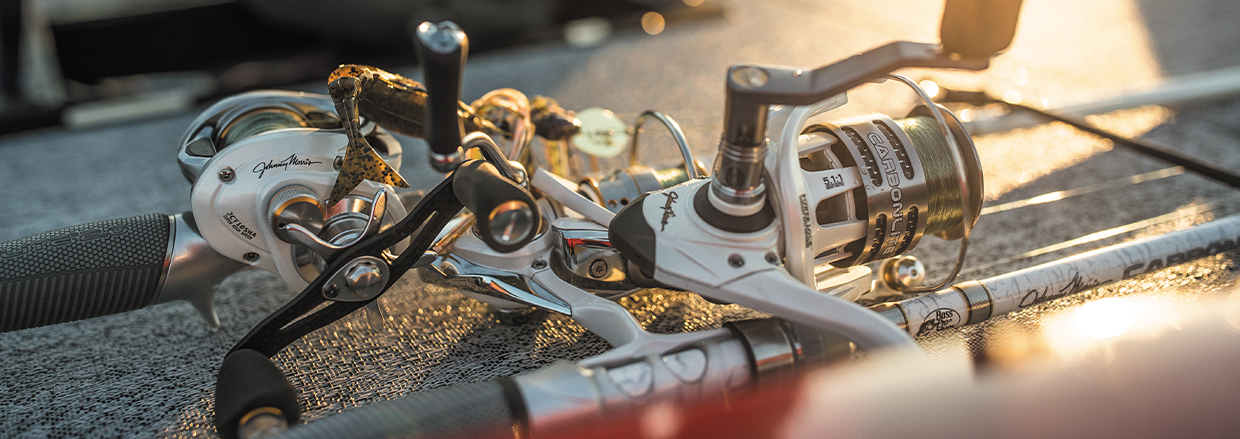
The Reel Difference Between Baitcasting & Spinning Reels
Although baitcasting and spinning reels are different from each other, there has been an eternal bias on which to use, or which is better. A baitcaster launches heavier lures farther with accuracy, and a spinning reel is better for fishing with lighter lures.
A Guide to Easy Fishing Knots for Beginners
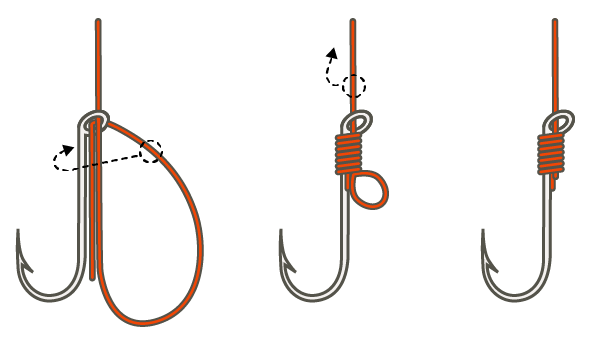
Snell Knot: The Snell knot is used to tying a monofilament to a hook
Steps:
- Pass the end of the line through the eye of the hook twice to create a loop that hangs alongside the hook.
- Wrap the loop around the hook or 5 to 10 times to form tight coils.
- Hold the coils in one place with a finger and pull the line up until the loop is sung under those coils.
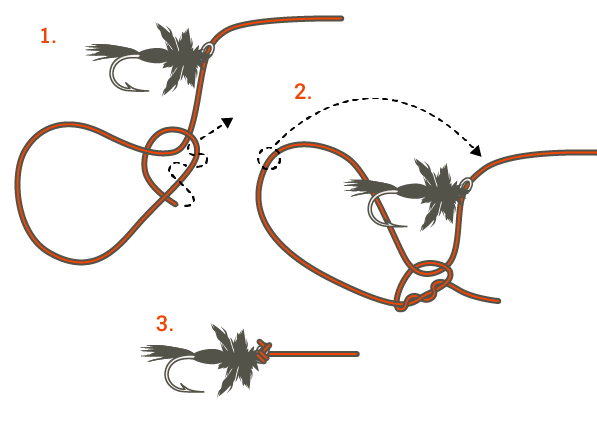
Turle Knot: The Turle knot is used for tying a thin line to a small hook or to connect a fly to the leader
Steps:
- Tie a fly onto the tippet and leave a few inches of tag end after the fly. Double the line back towards the fly and bring the tag end behind it, forming a loop.
- Pass the tag end twice through the loop to create a double overhand knot.
- Tighten the knot and slip the loop over the fly, then pull on the leader to secure the knot tightly against the hook eye.
- Trim the tag end.
Tip: Don’t compromise the knot’s strength by pulling the knot too tight, and properly trim any excess line to prevent tangles and snags.
Did you know?
You can use your ice fishing knots for soft water fishing as well. Here are the 4 fishing knots you can use for both hard-water and open-water fishing.
Soft Plastics for Fishing
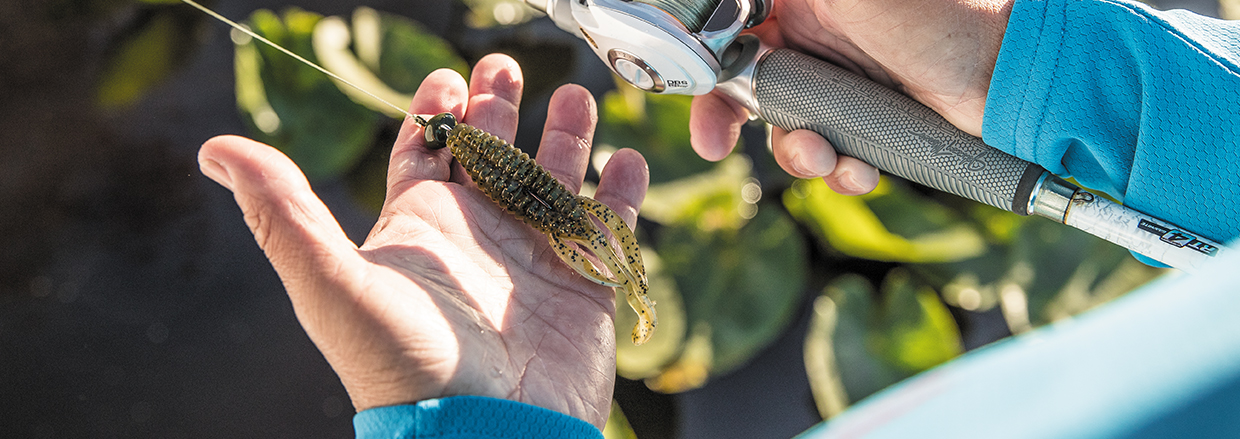
When and where to fish with soft plastics?
Soft plastics are one of the best lures for anglers to fish in fresh and saltwater. With its durability, versatility, and lifelike appearance, they are one of the most popular types of lures among anglers. They come in silicone, rubber or other soft plastics moulded into swimbaits, worms, grubs, and baitfish patterns. They can be used as artificial bait in classic real bait rigs or jigs and trolled in the same manner as a metal or hard plastic lure.
- Water clarity: In clear waters, use natural-looking lure colours.
- Colour: There are several colours available in the market. The easiest way to pick colours is by checking the sunlight and water clarity.
- Bright day + clear water: Light-coloured lures that mimic natural patterns.
- Bright day + stained water: Bright and unnatural colours such as pink, chartreuse, and glow.
- Cloudy sky + decent to murky water: Use dark colours such as goby or smoke and green to sandy green.
- Size: When targeting bigger fish, use soft plastics up to 200 mm and for smaller fish, use 80-120 mm. Consider heavier weights in deep/thick cover/clear water and lighter weights in shallower/sparse/stained water.
Are soft plastic lures good for fishing?
Soft baits are a unique category and very effective for open-water fishing. They are highly durable, cost-effective, and versatile. You can use them on a boat, rock hopping or wading. They are often fished using various techniques: casting, jigging, and slow rolling along the bottom.
What fish can you attract with soft plastics?
Soft plastics are used as baitfish imitations. They are effective when used to target other types of fish, such as Walleye, Bass, and Trout. As you can rig the soft plastics in different ways, it helps you to target a wide range of fish species. Regardless of the type of fishing you practice, there’s a soft plastic that will give you an extra leg in your game.
Tip: If fishing for Bass, rig your soft plastic with a weighted hook to cast it out and sink in the bottom. For Trout, rig your soft plastic with a light wire hook to float above the bottom.
Do you use a sinker and a leader with soft plastics?
Using a sinker or a leader with soft plastics depends on fishing scenarios. However, adding a sinker is beneficial. For instance, adding a bullet-weight type sinker will help you maneuver through thick vegetation to get to those big Bass. Likewise, adding a leader will help to strengthen your line and protect it from being cut by the fish’s teeth.
Tip: The line size affects the fall rate and angle with jigs and soft plastics.
